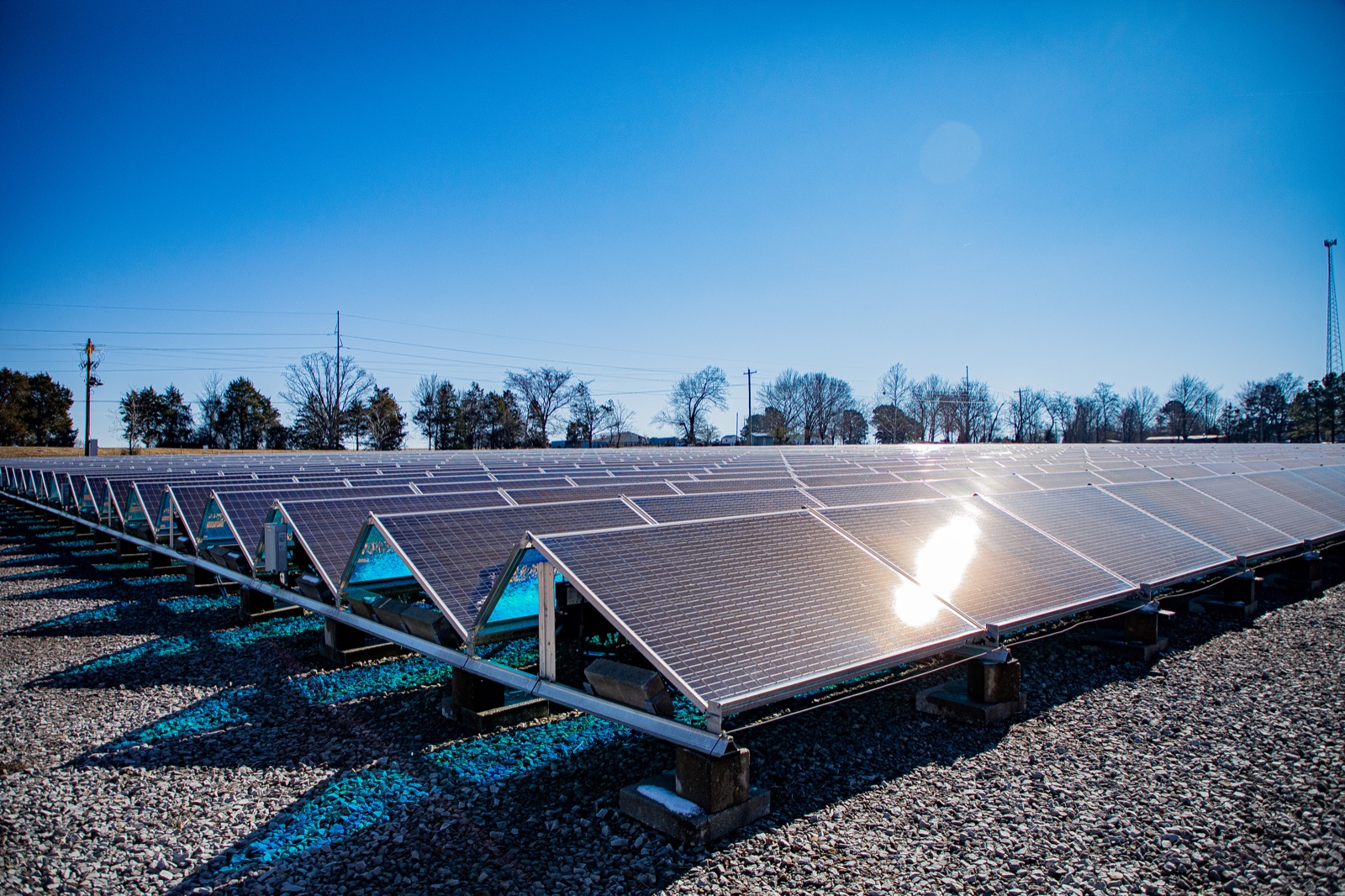Understanding Solar Power in Rural Arkansas

By: Emily Staton, Multimedia Intern with Alex Dickerson, AVECC Planning Engineer, and Chris Howe, AVECC Manager of Engineering
Before investing in the switch to solar power, it is imperative for any homeowner to understand the process, costs, and social impact. Arkansas Valley Electric Cooperative is here to help. By knowing how solar energy works, if your home is geographically equipped for solar energy and how solar energy works with the cooperative, members will have the information to know if solar power is right for you.
What is solar energy and how does it work?
Solar energy begins with the sun’s heat and light, which makes it a clean source of energy and a renewable resource. A solar panel, also known as a Photovoltaic (PV) Panel, is a device used to harvest that energy. Individual silicon cells make up solar panels. When the sun strikes those cells, it causes the current to flow in, generating electricity.
Is the River Valley a suitable location for solar panels?
Inevitably, in Arkansas, there are periods throughout the year that produce more energy and periods that produce less. Due to the long sunny days, June, July, and August typically yield the most solar energy. According to the Solar Energy Industries Association (SEIA), in 2019, Arkansas averaged five hours of peak sunlight a day. In addition to the time of year, another key to success is the location of the solar field. It must be in an open space, with clear access to the sun’s rays, not covered by trees or the shadows of nearby structures.
What happens if a solar panel doesn't produce enough solar energy or produces more than is used?
There are multiple ways to prepare for the times that a solar field does not produce enough energy to power the home. One of which is to have storage in the form of a battery. This enables the member to store excess energy until it needs to compensate for a low production time. The second and most common option is when Arkansas Valley Electric becomes involved. The Net Metering program offered by Arkansas Valley Electric allows members to connect their solar fields to the electric grid and distribution system of the Cooperative. Now, instead of their meter just reading energy flowing into that member’s home, it is also reading the excess energy coming out of the member’s solar field, which enables Arkansas Valley Electric to record when the member is producing more energy than they consume, as well as distribute that excess energy through the grid.
If a member has solar panels, will their electric bill be free?
Arkansas Valley Electric currently has over 500 members who utilize solar power. Though a member may rely predominantly on the power produced by their solar field, they will still receive an electric bill each month. This bill will include an availability charge, taxes, and a charge for any energy they used but did not produce.
How can a member sign up for net metering?
If a member is interested in a grid tied solar installation, they must apply for net metering and get approved before starting their solar install. Members can visit avecc.com, click on “Apply for Service”, “Solar Installation Ticket,” which will give the member the option to open a new ticket or check on a ticket status. To apply for net metering, open a new ticket and attach a filled out standard interconnection agreement, which can also be found on AVECC’s website on the Resources page.
How does a member find out more information regarding solar power?
AVECC members interested in learning more about solar power may visit www.avecc.com and click on FAQ and Resources. You may also call 479-667-2176 or email netmetering@avecc.com.